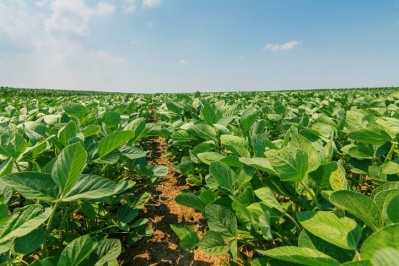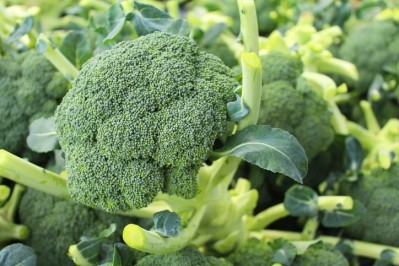Educational program aims at boosting US organic feed grain production, supporting producers

In an effort to develop production of organic feed grains in the US, there will be a new educational series for stakeholders including advisors, extension agents and producers, said Anders Gurda, interim facilitator and organizer with the Organic Agronomy Training Series (OATS).
“If all goes according to plan – there will be three, in-person, two-day training [sessions] throughout the Midwest going on this growing season,” he said. "The OATS program is being designed and delivered by a collaboration of industry, university, and non-profit stakeholders."
The training programs seek to provide more information for farm advisors, he said. A goal is to help them support farmers transitioning to organic grain production or allow them to answer questions for producers who want to start the process.
“There is a significant shortage of technical service providers, and consultants and advisors who speak organic, or who understand what organic production is and what the transition process actually looks like, or what the certification process looks like,” he told FeedNavigator regarding some of the barriers to expanding organic grain production.
There is not a significant and established support network for organic grain producers, he said.
“A conventional farmer can have soil tests taken and then either the co-op or an advisor looks at the test and says, ‘Here’s what you apply’ … you don’t have to think too much about it, and you have a guide with you every step of the way.
“If they go organic, that rug is taken out from under them and they have to be the expert themselves," he added.
Interest in providing additional support for large-scale producers started several years ago, said Gurda. However, efforts to pull the OATS program together began in 2018.
OATS program overview
The training sessions seek to address both specific challenges for the area and more universal topics for organic producers, said Gurda.
They will be open to anyone interested in attending, he said. However, the priority will be to encourage crop advisors, extension agents, conservation agents, farmers who also may be doing consultant work and other technical service advisors.
“We’re trying to educate those who are the big influencers and change the way that organic is seen,” he said. “So people aren’t just knee-jerk negatively reacting to something they maybe don’t fully understand through no fault of their own.”
The curriculum includes information on regional production practices, said Gurda. However, it also will cover the certification process, how to prepare for annual inspections, along with the financial side of organic production, use of rotations, weed and pest management and market development.
Establishing training courses to support grain and oilseed producers made sense because of the “the landmass share” and because those producers would already be used to working with advisors, he added.
Additionally, the need for more organic feed grains played a role in the decision, said Gurda.
“There’s a large opportunity for the American farmer to fill that demand and access those markets. They need support and [they need] encouragement, to look at organic as a real option,” he said.
Organic feed needs and production
Although the production of organic feed crops has been expanding in the US in recent years, the rate of adoption of organic production practices has been somewhat slow, said the US Department of Agriculture’s (USDA) Economic Research Service (ERS).
The level of organic feed grain imports into the US, however, has been increasing.
In 2015, imports of organic corn increased by 216%, while imports of organic soybeans grew by 30%, the USDA reported.
In 2016, about 0.3% or 533,000 acres of the acres planted in corn and soybeans were certified as organic, said the USDA.
However, about 3% of dairy production and 5% of layer hens were raised organically the same year.
Total acres of organic corn in the US increased 2% from 2015 to 2016, the department said.
However, demand continues to outpace domestic supply – in 2016, domestic production of organic corn was worth about $170m while imports were $160m.
Sales of organic products also have been increasing, although sales of organic eggs and dairy slowed somewhat in 2017, the Organic Trade Association said.
Overall, sales of organic dairy products and eggs increased by 0.9%.
For more information about the OAT training series contact agurda@pipelinefoods.com.













